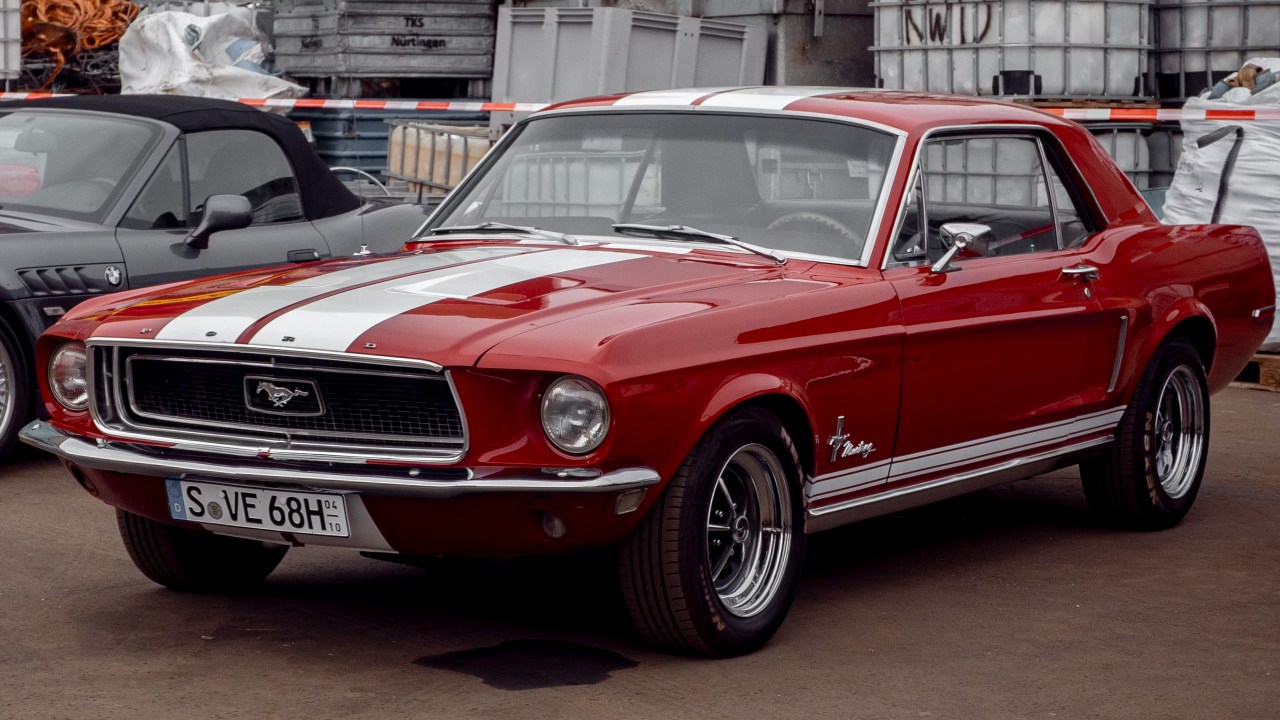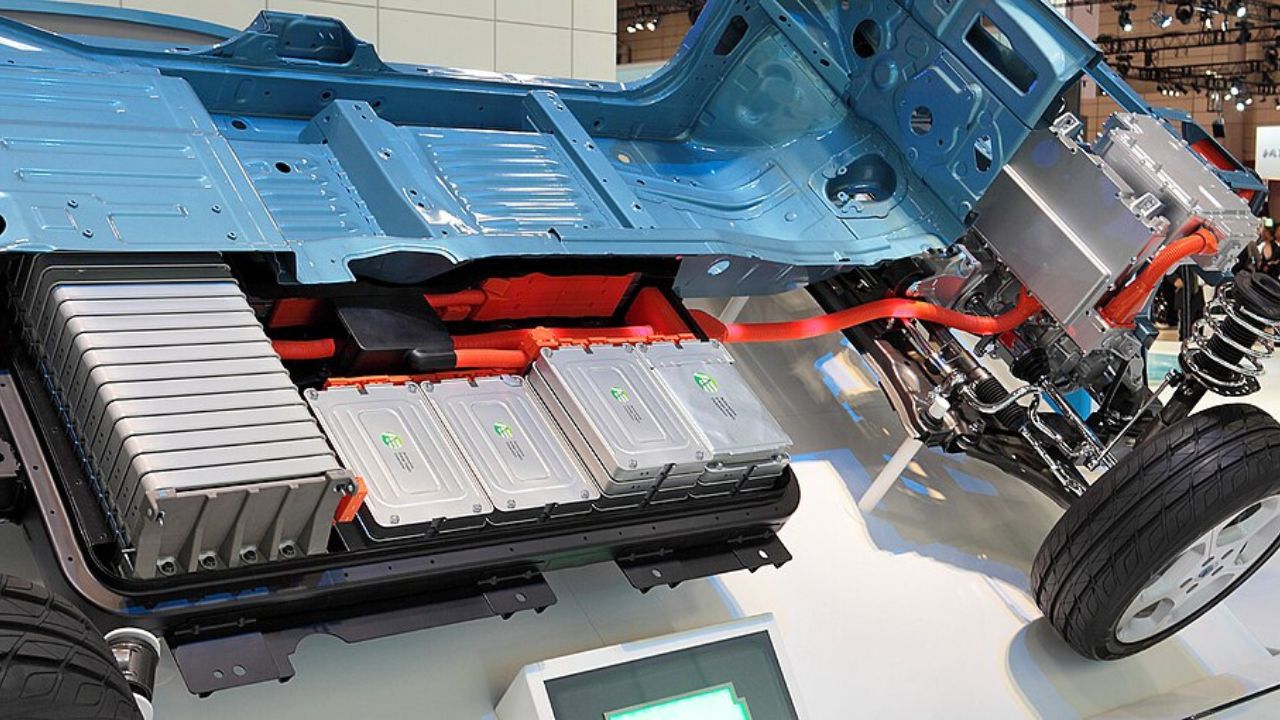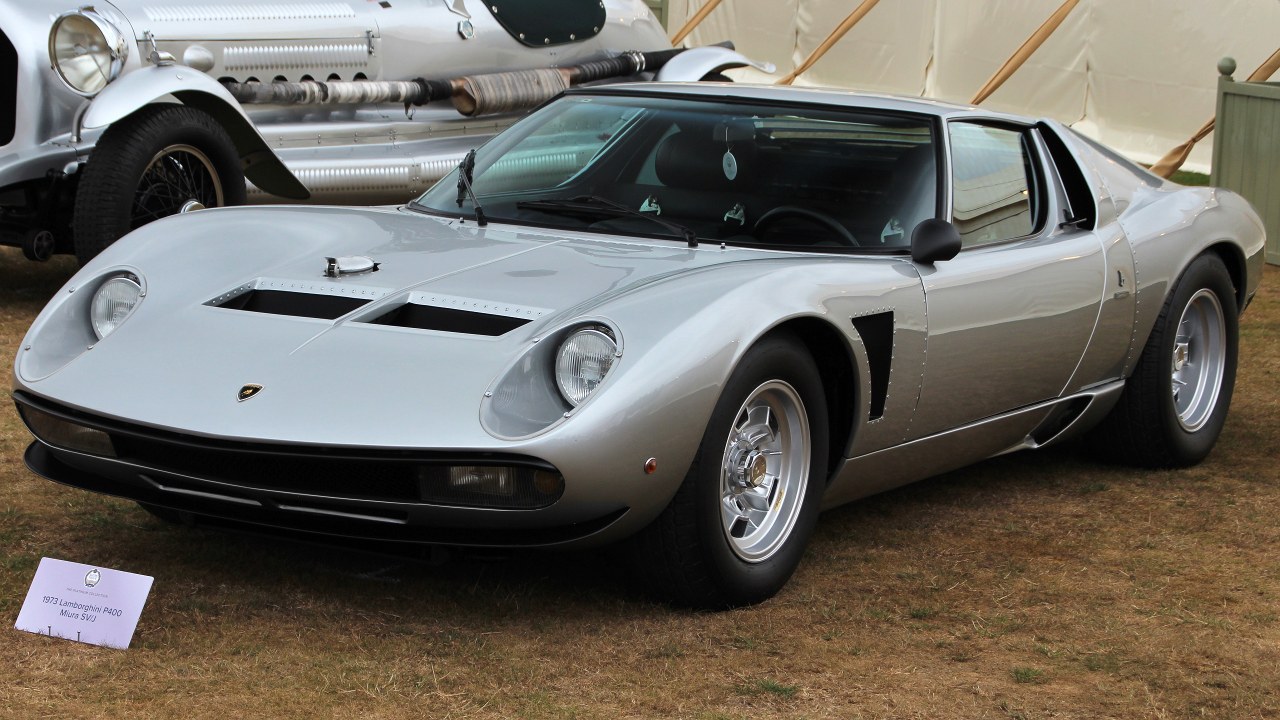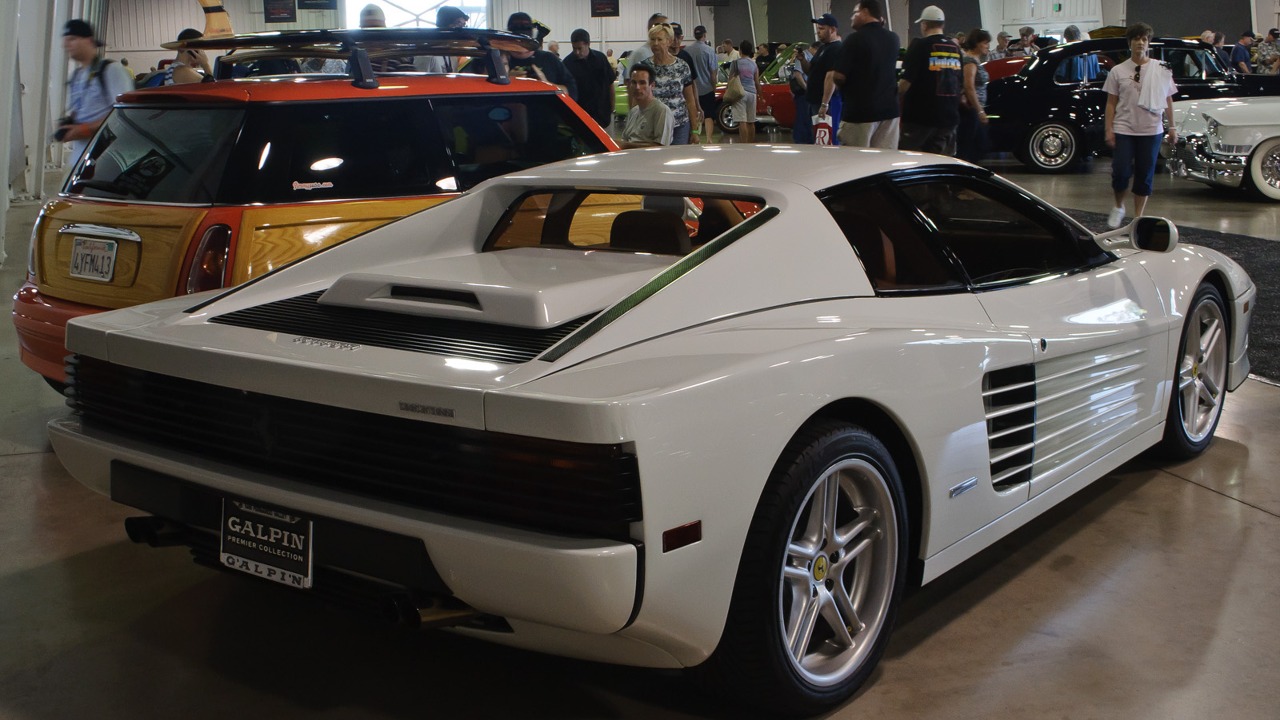The world of car insurance is vast and varied, with costs influenced by a multitude of factors. Among these factors, the distinction between classic and modern cars plays a significant role. Understanding how insurance costs differ between these two categories can provide insight into the broader landscape of car insurance, revealing the unique considerations and challenges associated with each type.
Understanding the Basics of Car Insurance
Car insurance serves as a financial safety net for vehicle owners, providing coverage for damages, theft, and liability in the event of an accident. The primary goal of car insurance is to mitigate the financial burden associated with unforeseen incidents, ensuring that drivers are protected against significant losses. Insurance premiums, the periodic payments made to maintain coverage, are determined by various factors including the type of vehicle, driver history, and location.
When it comes to classic and modern cars, the differences in coverage options are notable. Classic cars, like a 1967 Ford Mustang, often require specialized insurance policies that consider their historical value and limited use. These policies may include agreed value coverage, which guarantees a set payout based on the car’s appraised value, rather than its depreciated market value. Modern cars, such as a 2023 Tesla Model 3, typically benefit from broader coverage options that emphasize technological advancements and safety features.
Characteristics of Classic Cars
Classic cars are typically defined by their age, with most insurers considering vehicles over 20 to 25 years old as classics. For example, a 1971 Chevrolet Camaro would qualify as a classic car. These vehicles are often cherished for their unique design, craftsmanship, and historical significance. Unlike modern cars, classic cars can appreciate in value over time, making them attractive investments for collectors and enthusiasts.
The usage patterns of classic cars differ significantly from those of their modern counterparts. Owners of classic cars often use them sparingly, primarily for special occasions, car shows, or leisurely drives. This limited usage can result in lower insurance premiums, as the risk of accidents and wear and tear is reduced. However, factors such as storage conditions and the car’s rarity can also influence insurance costs, with secure, climate-controlled storage potentially lowering premiums.
Characteristics of Modern Cars
Modern cars encompass a wide range of vehicles produced in recent years, characterized by their advanced technology and safety features. A 2022 Honda Civic, for example, is equipped with the latest driver-assistance systems and connectivity options. These technological advancements play a crucial role in reducing the likelihood of accidents and theft, which can lead to lower insurance premiums for modern vehicles.
Unlike classic cars, modern vehicles are typically used for daily commuting and personal transportation, leading to higher mileage and increased wear and tear. This frequent use can impact insurance costs, as it raises the likelihood of accidents and the need for repairs. Additionally, the expense of repairing modern cars, which often involves specialized parts and technology, can further influence premium rates.

Factors Influencing Insurance Costs for Classic Cars
The age and rarity of a classic car, such as a 1955 Mercedes-Benz 300SL, are significant factors in determining insurance costs. Older and rarer cars may command higher premiums due to the difficulty and expense of sourcing replacement parts and conducting repairs. However, the limited usage of these vehicles often offsets these potential costs, resulting in more affordable premiums compared to similarly valued modern cars.
Storage conditions also play a pivotal role in classic car insurance. Vehicles stored in secure, climate-controlled environments are less prone to damage from environmental factors, theft, or vandalism, potentially lowering insurance premiums. Specialized insurance policies, designed specifically for classic cars, offer tailored coverage options that reflect the unique needs and risks associated with these vehicles, providing peace of mind for owners and collectors.
Factors Influencing Insurance Costs for Modern Cars
Modern cars, like a 2021 Toyota Corolla, benefit from an array of safety features and anti-theft devices that can significantly impact insurance premiums. Features such as adaptive cruise control, lane-keeping assist, and automatic emergency braking reduce the likelihood of accidents, while advanced alarm systems and GPS tracking deter theft, both contributing to lower insurance costs.
The cost and availability of repair parts for modern cars also influence insurance premiums. Vehicles with readily available and affordable parts tend to incur lower repair costs, leading to more competitive insurance rates. Conversely, luxury vehicles or those with specialized components may face higher premiums due to the increased expense of repairs. Additionally, driver demographics and history, including age, driving record, and location, are crucial factors in determining insurance costs for modern cars, with safer, more experienced drivers typically enjoying lower premiums.
Like Fast Lane Only’s content? Be sure to follow us.
Here’s more from us:
*Created with AI assistance and editor review.







Leave a Reply